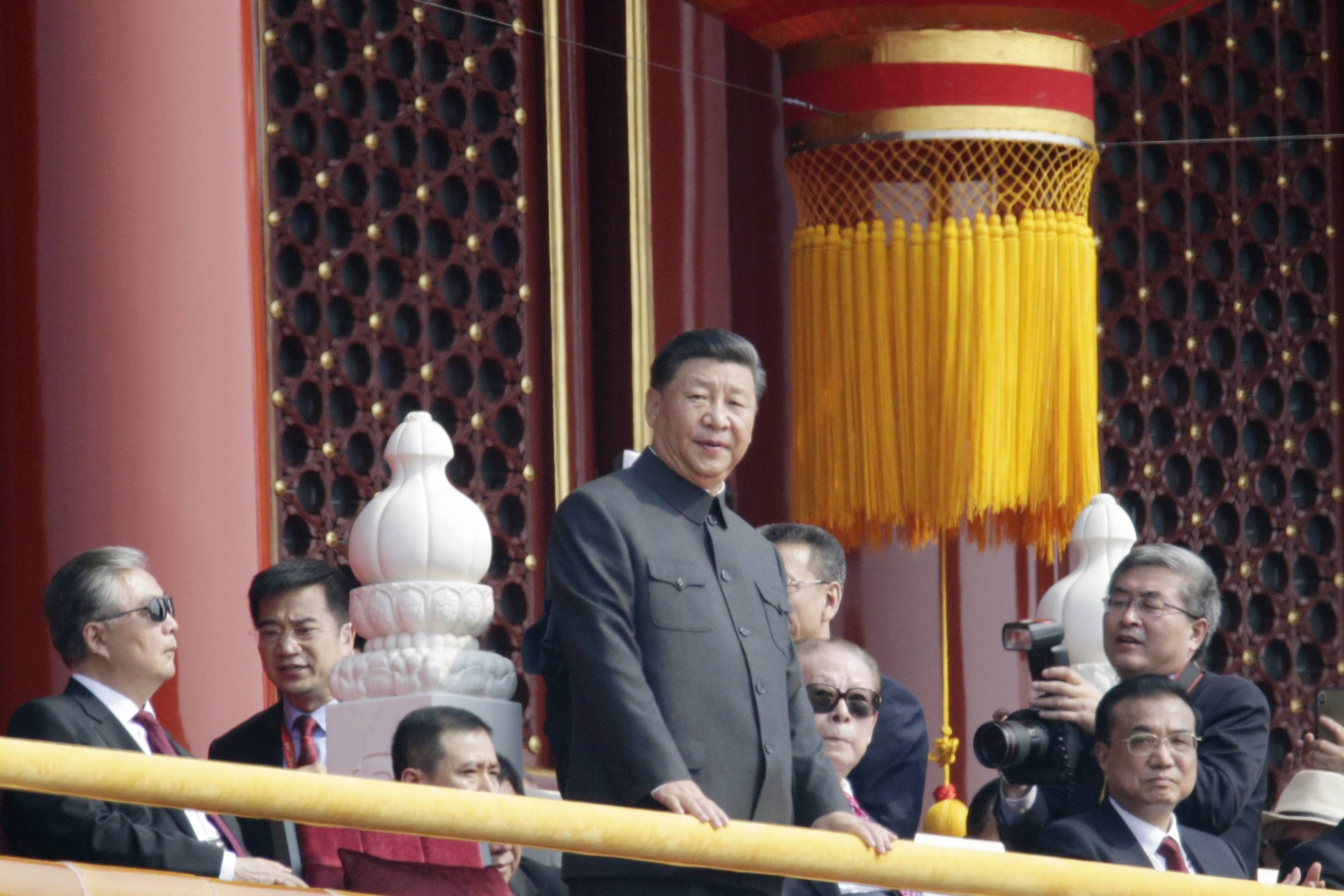Few parts of the world paid as high a cost during the Cold War as Southeast Asia. The superpower conflict between the United States and the Soviet Union divided the region into pro- and anti-communist camps, spawning five wars in Cambodia, Laos and Vietnam over four decades. Today, U.S.-China competition is fueling a so-called “new cold war” with familiar structural characteristics.
In fact, the Sino-American great-power confrontation is a continuation of an unfinished ideological struggle, this time pitting the U.S.-led and Western-based alliance system against a China-centric global network of client states, many of them with various shades of authoritarian governance. The Soviet Union lost the Cold War, but China is now giving the West a run for its money in the sequel. And Southeast Asia will once again be a major theater.
For about two decades following the end of the Cold War, America seemed to enjoy a “unipolar” moment enabling it to reshape the global order — and free markets and democratization spread around the world. But liberal democracy and market capitalism were subsequently weakened from within, particularly following the 2008 global financial crisis, enabling a growing challenge by alternative models of authoritarianism and state-directed economic development.



